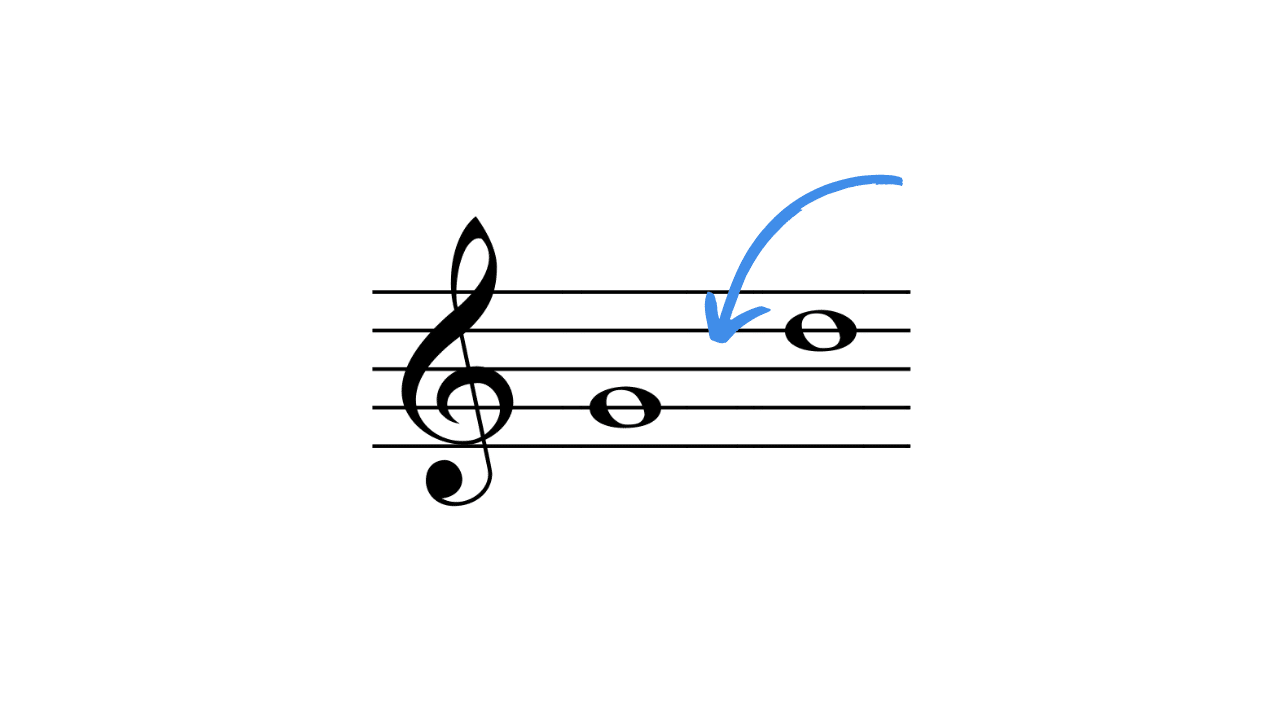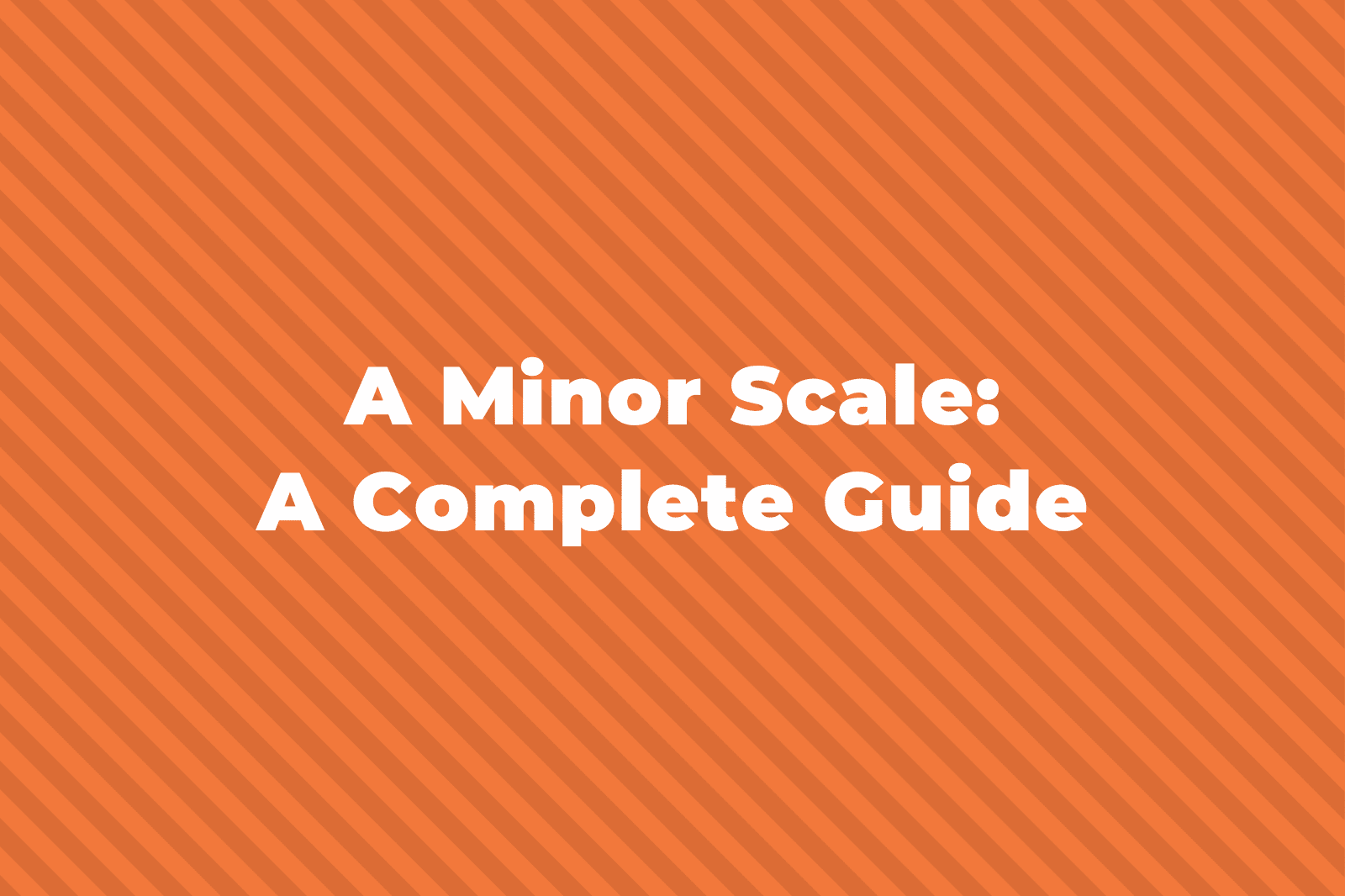Andantino is an Italian tempo term that means “slightly faster than andante.”
When a piece of music is marked as andantino, it invites musicians to play with a gracefully moderate tempo, weaving a texture that’s neither too hurried nor too leisurely.
Other words that capture the essence of andantino include “gentle,” “flowing,” “relaxed,” and “lightly graceful.”
How Fast Is Andantino?

So we understand that andantino is a tempo marking that’s often considered a bit faster than andante, but just how moderate is this pace? Since someone’s interpretation of a tempo term can vary widely from one musician to another, we need something more concrete to guide us.
To get a clearer sense of the tempo for andantino, a handy tool is an online metronome. This helps provide a more objective measure of how fast we should play.
Generally, andantino is set within the range of 80 to 108 BPM (beats per minute). This tempo range offers musicians enough flexibility to interpret the music, allowing them to imbue it with their personal touch while staying true to the composer’s intentions.
Historical Context And Etymology Of Andantino
But what does andantino literally mean? The word originates from another Italian tempo term, “andante,” which means “walking.”
Andantino adds the diminutive suffix “-ino” (which essentially means little). This makes it directly translates to “a little walking” or “slightly faster than walking pace.”
This etymology gives us a hint into the light, airy quality that andantino aims to capture in music.
Recommended Reading
For more insights into musical tempos and how they shape the character of a piece, check out our comprehensive guide to tempo.
Tracing the historical usage of andantino, we find ourselves stepping into the classical era of music, particularly flourishing in the late 18th century. This era, renowned for its clarity, symmetry, and balance, witnessed the evolution of musical expression.
Composers like Mozart and Beethoven often employed andantino to add a nuanced layer of expressiveness to their compositions, differentiating it from the more leisurely andante.
This period marked a transition from the ornate complexities of the Baroque era to a more nuanced and expressive use of tempo in music. The introduction of andantino provided composers with a wider palette to paint their musical ideas, allowing them to explore the subtleties between the relaxed andante and the more lively allegro.
Related Terms To Andantino
- Andante: Literally means “walking” in Italian. It indicates a tempo that is steady and moderate, like a leisurely walk (56 – 108 BPM).
- Andante moderato: A tempo slightly faster than andante. It combines the moderate pace of andante with a hint of briskness (80 – 108 BPM).
- Andante con moto: Translates to “walking with motion.” This tempo is similar to andante but with a slightly increased pace, adding a sense of gentle forward motion.
- Andante sostenuto: This indicates a tempo similar to andante but played in a sustained, elongated manner, often emphasizing the lyrical quality of the music.
- Andante cantabile: Means “walking in a singing style.” It’s a tempo akin to andante, emphasizing a melodic, song-like quality in the music.
- Andante grazioso: Translates to “walking gracefully.” It is a tempo that combines the moderate pace of andante with a light, elegant touch.
- Andante ma non troppo: Literally means “walking but not too much.” This marking suggests a tempo that is moderate, like andante, but with caution to not become too leisurely.
- Andante con grazia: Implies a tempo similar to andante but with added grace and delicacy, often used in pieces that require a touch of elegance.
Examples Of Andantino Tempo Music
And finally, here are some examples of Andantino tempo so you can get an idea of the speed and feel of it.
“Andantino ‘Spring,’ B. 117” By Frédéric Chopin
Frédéric Chopin’s “Andantino ‘Spring’” is a delightful piece that perfectly encapsulates the essence of the andantino tempo. Composed with a light, airy touch, it evokes the freshness and renewal of spring.
This piece stands as a testament to Chopin’s skill in creating music that is both delicate and emotionally resonant, making excellent use of the andantino tempo to convey a sense of gentle, blooming vitality.
“Ivan Sings” By Aram Khachaturian
Aram Khachaturian’s “Ivan Sings” from his Children’s Album for Piano is a captivating piece that embodies the playful and tender qualities of the andantino tempo.
This piece, with its simple yet expressive melody, is designed to be approachable for young pianists, yet it carries the depth and emotional richness characteristic of Khachaturian’s style.
The andantino tempo here adds to the narrative quality of the music, suggesting the innocence and simplicity of a child’s world.
“Symphony No. 4 In F Minor, Op. 36, II” By Pyotr Ilyich Tchaikovsky
The second movement of Tchaikovsky’s Symphony No. 4 is titled “Andantino in modo di canzona.” This movement is a standout for its emotional depth and lyrical beauty. The andantino tempo contributes to a deeply expressive and somewhat melancholic character.
Tchaikovsky masterfully uses the andantino tempo to weave a narrative that is both intimate and dramatic, reflecting the composer’s own struggles and triumphs.



